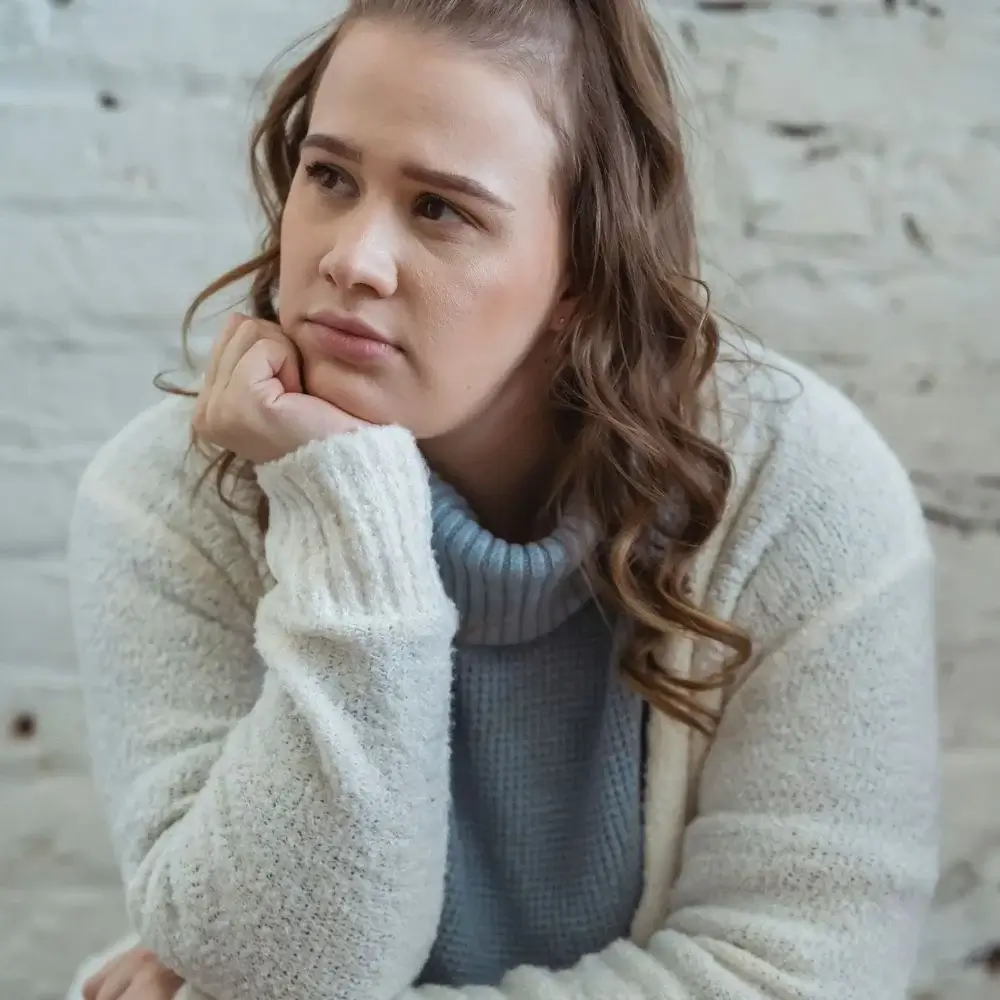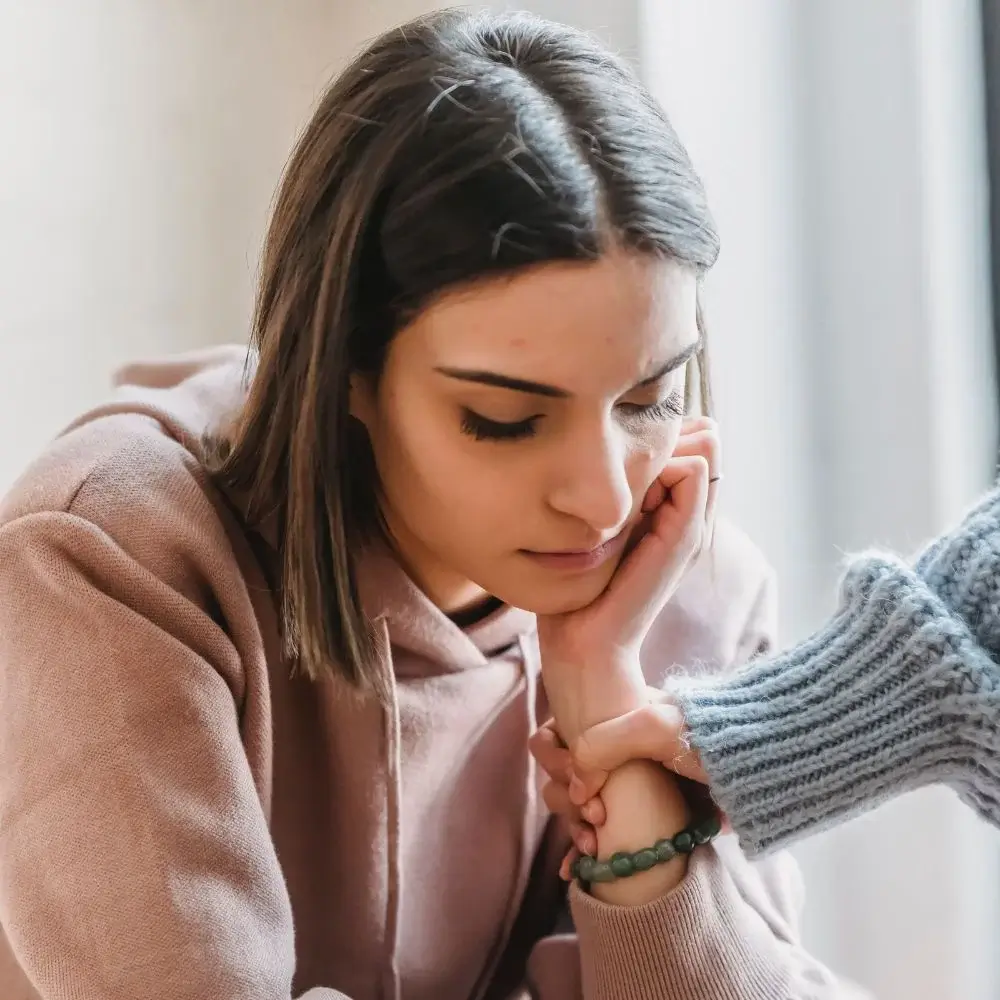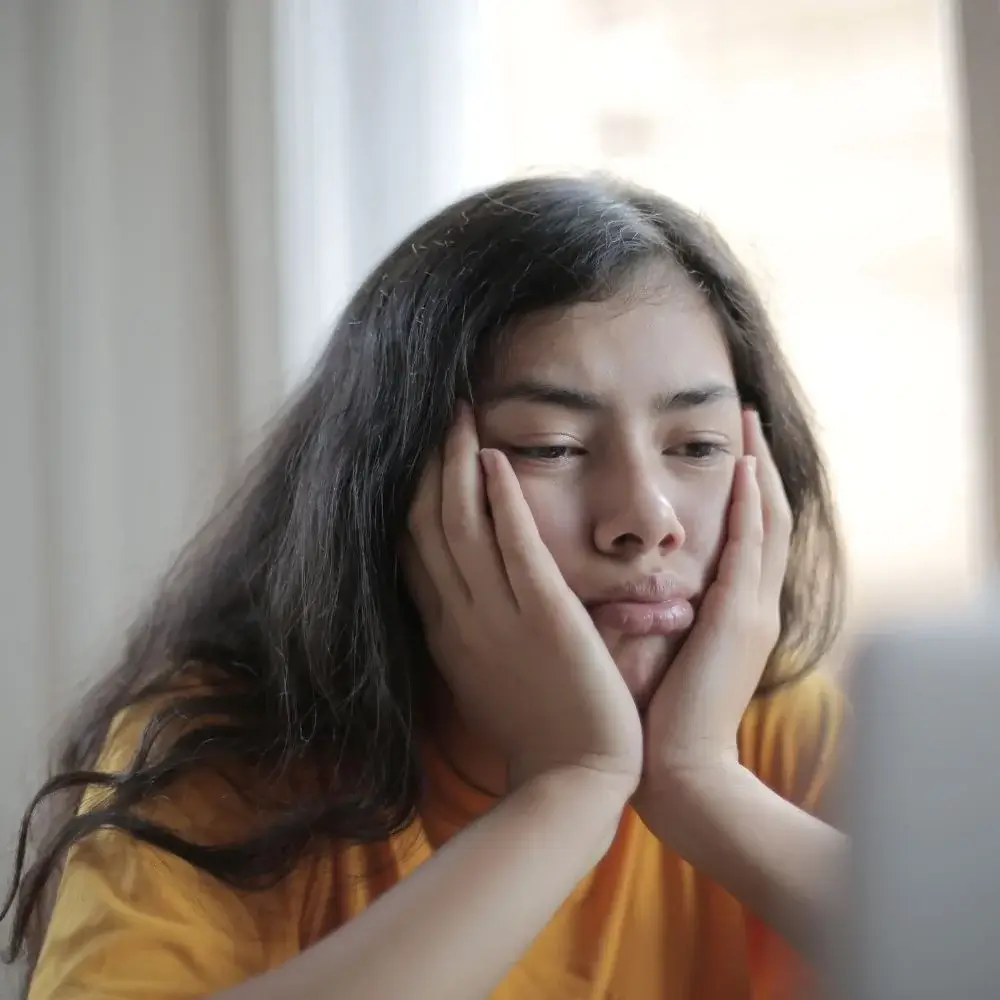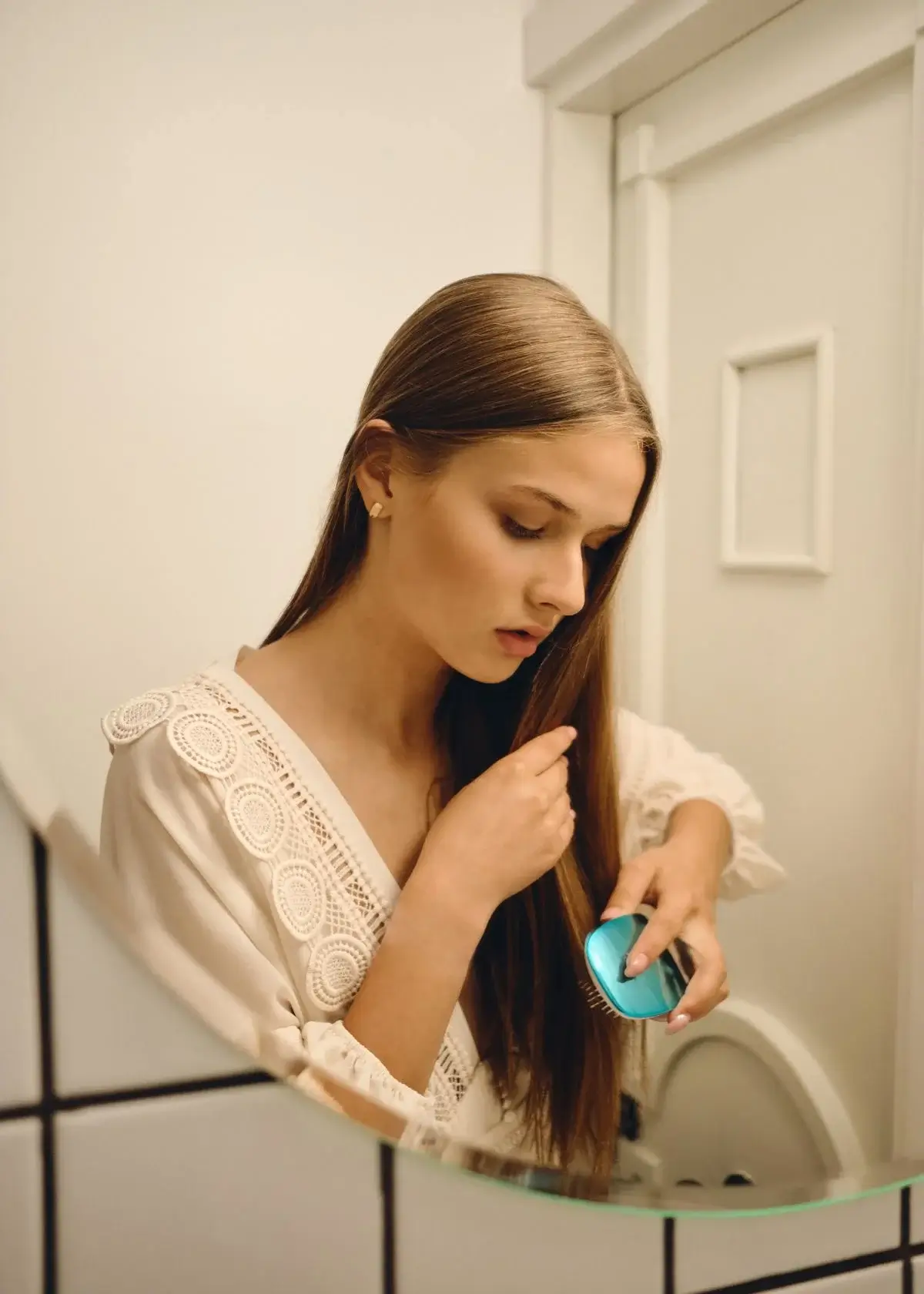Lice infestations can be a nightmare to deal with, and it's essential to find an effective treatment to eliminate them as soon as possible. Lice-killing shampoo is a popular solution when it comes to lice treatments. But how does it work? In this blog post, we'll explore how lice-killing shampoo works to eliminate lice.
The Active Ingredients:
The lice-killing shampoo contains active ingredients that are effective in killing lice. Most lice shampoos contain pyrethrin, which is derived from chrysanthemums. Pyrethrin attacks the lice's nervous system, causing paralysis and eventually death. Some lice shampoos, particularly prescription-based ones, contain permethrin, a synthetic pyrethroid that works like pyrethrin.
The Application Process:
The application process of lice-killing shampoo is crucial to ensure it works effectively. Before applying the shampoo to the hair, it's essential to use a lice comb to remove dead lice, eggs, and nits. Once the hair is thoroughly combed, the shampoo is applied to dry hair and left on for a minimum of ten minutes. The shampoo is then rinsed, and the hair is combed to remove dead lice or nits.
The Reapplication Process:
While lice-killing shampoo is effective, it's essential to reapply it after a specified period to eliminate all lice and nits. Generally, the shampoo is reapplied after a week to ten days, depending on the instructions on the shampoo bottle. Using a lice comb to inspect the hair for any remaining nits or lice is also advised.
The Importance of Environment Cleaning:
In addition to using lice-killing shampoo, cleaning the environment where the lice infestation occurred is essential. Any bedding, clothing, or hair accessories that came into contact with the infected person must be cleaned. It's also advised to vacuum the entire home, focusing on areas where the infested person spent most of their time.
The Prevention Measures:
To prevent reinfestation, keeping the hair tied up is recommended, and avoiding sharing hair accessories, combs, or hats. Educating children on avoiding contact with others' items in school or public areas is also essential.
Lice infestations can be frustrating and challenging to deal with, but lice-killing shampoo is a helpful solution to eliminate them. The active ingredients, proper application process, reapplication process, environment cleaning, and prevention measures are all vital for a successful lice treatment. If you're dealing with lice infestation, using lice-killing shampoo can help eliminate them and get back to everyday life without any worries.
Are you tired of dealing with the pesky and persistent problem of lice? Well, we're here to help. After extensive research, we've found the most effective lice-killing shampoo on the market. Say goodbye to those itchy and annoying little bugs, and hello to a lice-free life. Our shampoo is specially formulated to kill lice and their eggs, ensuring that they won't come back anytime soon. So, why wait? Click the link and discover the best lice-killing shampoo to become your new go-to for preventing and eliminating lice.
What is the best way to apply lice-killing shampoo?
To apply lice-killing shampoo effectively, wet the hair but not soak it. Dispense a generous shampoo onto your palm, ensuring enough to cover the entire scalp and hair. Gently massage the shampoo in, creating a thick lather. It's vital to leave the shampoo on for the recommended time, typically 10-15 minutes, as specified on the product label. Consider covering the head with a shower cap during this waiting period to prevent the shampoo from dripping. After the designated time, rinse the hair thoroughly with warm water, removing all traces of the shampoo.

What precautions should I take when using lice-killing shampoo on children?
When using lice-killing shampoo on children, their safety should be your top priority. Ensure that the shampoo you plan to use is suitable for their age group and strictly adhere to the age recommendations mentioned on the product label. To prevent irritation or discomfort, take precautions to protect their eyes from shampoo contact. If your child has sensitive skin, be especially cautious and consider conducting a patch review before applying the shampoo to their scalp. It's imperative to closely supervise the entire application process to prevent any accidental ingestion of the shampoo.

What is the best method for preventing lice infestations?
Effectively preventing lice infestations involves a multifaceted approach. Start by encouraging good hair hygiene, which includes tying up long hair to minimize exposure and avoiding head-to-head contact whenever possible. Regularly inspect your child's scalp for any signs of lice, such as itching or visible eggs (nits). Teach children not to share personal items like hats, combs, headphones, or hair accessories, which can transmit lice. Consider using lice-repellent sprays or shampoos specifically designed for prevention, following their usage guidelines meticulously. Lastly, educating yourself and your family about how lice are transmitted can significantly reduce the risk of infestations.

How can I safely store lice-killing shampoo?
Properly storing lice-killing shampoo is critical to maintaining its effectiveness. Please keep it in its original container, ensuring the cap is tightly closed to prevent leakage or evaporation. Store the shampoo at room temperature, away from direct sunlight and heat sources, as extreme temperatures can alter its chemical composition. Furthermore, storing the product out of reach of children and pets is essential to prevent accidental ingestion. Periodically check the expiration date on the container and discard any products that have passed their expiry date. Following these storage guidelines will help preserve the shampoo's potency, ensuring it remains effective when needed.

How do lice develop resistance to lice-killing shampoos?
Lice can develop resistance to lice-killing shampoos primarily through overuse or misuse of these products. Resistance occurs when the lice population survives exposure to the active ingredients in the shampoo, rendering it less effective over time. To prevent the development of resistance:
- Use lice treatments only when a confirmed infestation is present rather than as a preventive measure.
- Strictly adhere to the recommended application guidelines on the product label, ensuring you neither overuse nor underuse the shampoo. If a particular product appears ineffective, it is advisable to consult a healthcare professional for alternative treatments or guidance on managing the infestation.
- Avoid reapplying the same shampoo without expert advice to prevent unnecessary chemical exposure.
Should I continue using lice-killing shampoo if I experience itching after treatment?
If itching persists after lice-killing shampoo, it may not necessarily indicate treatment failure. Lice bites can cause residual itching even after the infestation is effectively treated. However, it is essential to consult a healthcare professional to evaluate if the itching continues beyond a reasonable timeframe or worsens. A healthcare expert can confirm whether the infestation has been successfully eliminated or if other treatment is necessary. It is crucial only to reapply the lice-killing shampoo with professional guidance to avoid unnecessary exposure to the active ingredients.







